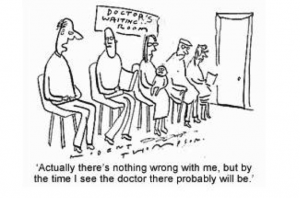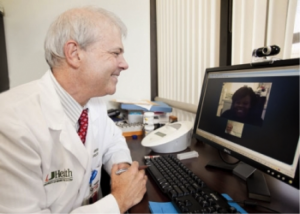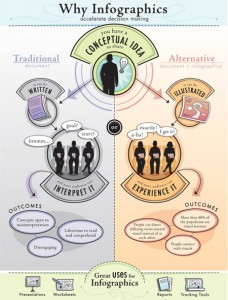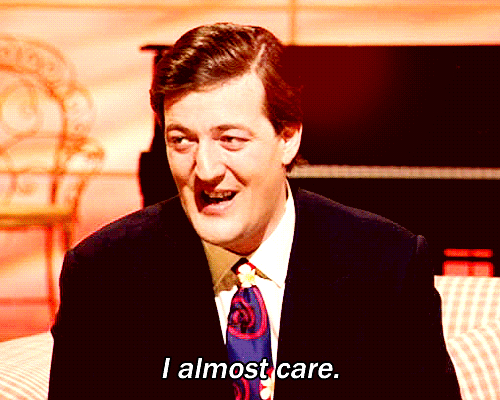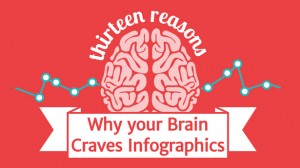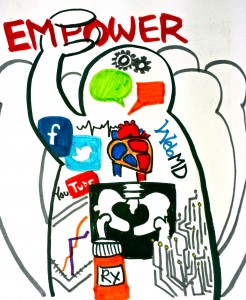This past week, I had an appointment with a specialist in the Medical Center. I arrived to my appointment a few minutes ahead of time only to walk into a waiting room crammed full of people. I have never in my life seen a waiting room that full! I hoped that all the people in the waiting room were families of the patients not actual patients as I waited for the nurse to call my name. My hope was not realized, and an hour later I finally was called back to an exam room.
At this point, I was already extremely frustrated and I honestly wished I had canceled the appointment.
When the nurse checked my vital signs, I didn’t even bother to ask what my blood pressure was. When the doctor asked me if I had any other questions, I quickly replied “no.” I didn’t event make an effort to think of any of my concerns. All I wanted to do was to leave. I had quickly transformed into an unengaged patient, just like the patient my team is trying to help.
It made me wonder if new innovations in technology could streamline this process. The main source of my lack of engagement was due to my frustration that built up while I was in the waiting room. My appointment had been a check-up, and there was no reason why I physically had to be in the doctor’s office. Everything could have been done from my home through a platform like Skype (although more secure.) My vital signs could have been recorded by the various mobile applications available and then sent to my doctor. A new smartphone app allows you to record your heart rate using the flash on your camera, and you can buy blood pressure cuffs and readers that connect directly to your smartphone.
This new trend in healthcare is called telemedicine, which means providing healthcare at a distance. Using telemedicine, a patient can have a virtual appointment with their doctor through a webcam. Telemedicine could prove extremely useful for situations such as check-up appointments, where there is no need for a patient to physically be in the doctor’s office. It also might be valuable for psychiatric care or primary care in rural locations. Telemedicine could provide a way for patients to feel less frustrated at their doctor’s appointments. Patients would no longer have to waste time driving to and waiting at their doctor’s appointment. Their appointment would be in the comfort of their homes, which could lead patients to ask more questions and become further involved in their treatment plans. While telemedicine won’t work for every appointment, it is becoming a increasingly feasible and attractive option for several different facets of healthcare.

